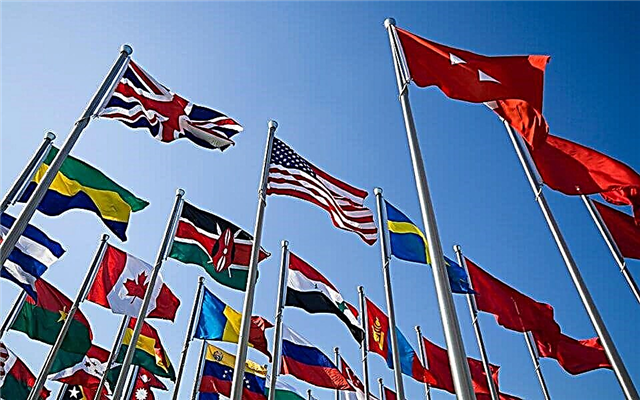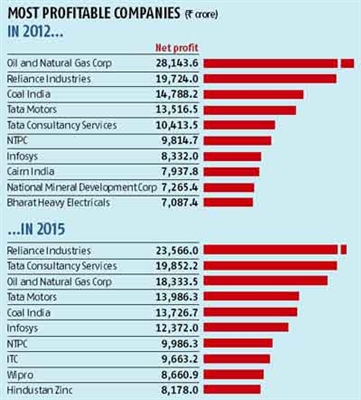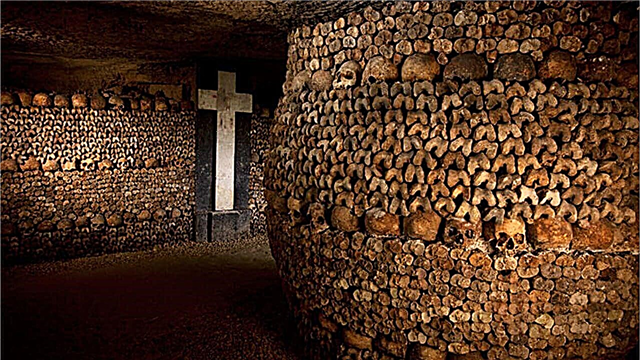Recently, you just hear: in one Russian city everything is bad, then in another. However, Russian experts Department of Sociology, Financial University do not like empty words. They analyzed the standard of living of Russians from the 38 largest megacities over the past year, and amounted to ranking of cities by living standards in 2018.
In compiling the list, the experts relied on the data of the Federal State Statistics Service, and studied the opinion of ordinary citizens on their standard of living.
Cities were evaluated by several parameters:
- the willingness of citizens to move to another region;
- migration indicators;
- the development of the social sphere, which includes medicine, utilities, as well as the availability of educational services and their types;
- how many emergency housing and new buildings are in the city;
- whether roads are good in the city;
- whether the townspeople are satisfied with important areas of life.
10. Orenburg
 An ancient and beautiful Russian city, in which at present the best industries are those related to gas production and processing, mechanical engineering and metal processing.
An ancient and beautiful Russian city, in which at present the best industries are those related to gas production and processing, mechanical engineering and metal processing.
He is a leader in terms of housing and healthcare services, in addition, it has the highest quality roads and intensive construction of new ones.
9. Novosibirsk
 Siberian city with the status of urban district. Its population is constantly increasing due to the influx of people from the suburbs.
Siberian city with the status of urban district. Its population is constantly increasing due to the influx of people from the suburbs.
There are many places for cultural recreation in Novosibirsk, including the Philharmonic, the Opera and Ballet Theater, the planetarium and the Museum of the Sun. However, the sun in the city itself is not enough, so people who are prone to depression, Novosibirsk may not be suitable. Citizens complain of twilight weather, which is often accompanied by rain.
The condition of city roads leaves much to be desired, there are many holes in them. However, this is the condition of roads in almost any corner of Russia.
8. Krasnoyarsk
 Another Siberian city with a million population. Industries such as engineering, non-ferrous metallurgy and hydropower are well developed in it.
Another Siberian city with a million population. Industries such as engineering, non-ferrous metallurgy and hydropower are well developed in it.
Citizens, according to visitors, are very friendly, but the city itself is full of "exhaust", not only automobile, but also industrial.
There are a lot of beautiful new buildings in Krasnoyarsk, the construction of which is proceeding rapidly.
7. Ekaterinburg
 This ancient city is the largest transport interchange in Russia, which connects the north and south, east and west of the country.
This ancient city is the largest transport interchange in Russia, which connects the north and south, east and west of the country.
In addition, it is one of the largest cities in the population of the Russian Federation. Now the city is actively being built and ennobled, preparing for the 2018 World Cup. Roads are regularly repaired and expanded (although traffic jams on them are as long as in Moscow), there are many beautiful sights and museums, for example, the Vladimir Vysotsky Museum.
However, there is a lot of dirt and, especially, dust in Yekaterinburg.
6. Chelyabinsk
 The city of harsh people is famous for its developed industry, and is the center of the South Urals.
The city of harsh people is famous for its developed industry, and is the center of the South Urals.
Of the important negative aspects of living in the city, you can cancel the low salary - on average, it is below 30 thousand rubles.
From the positive aspects: the city authorities focus on improving the environment, development of roads and scientific progress. There are few traffic jams in the city, although there is a lot of transport, there are enough picturesque places and lakes, however, there is a clear lack of new buildings and developers.
5. St. Petersburg
 The first five of the best cities in Russia in terms of quality of life is opened by the Northern capital, known for its unique climate and the courtesy of local residents. The education system and medicine are developed here, and the historic city center is included in the UNESCO World Heritage List.
The first five of the best cities in Russia in terms of quality of life is opened by the Northern capital, known for its unique climate and the courtesy of local residents. The education system and medicine are developed here, and the historic city center is included in the UNESCO World Heritage List.
A lot of young people from other cities come to St. Petersburg, as the metropolis is informally called both by the townspeople and guests themselves. Many of yesterday's students join the list of permanent residents of the city. And the utility bills in St. Petersburg are one of the lowest in Russia.
4. Krasnodar
 This is one of the main economic centers of Russia. Over 1300 Krasnodar enterprises employ over 120 thousand people.
This is one of the main economic centers of Russia. Over 1300 Krasnodar enterprises employ over 120 thousand people.
The most important areas are food production, instrument making and metalworking, the production of tobacco, sewing, construction and knitwear.
New neighborhoods in the city are being built very quickly. But still they are not keeping up with the number of people who want to move to Krasnodar.
3. Kazan
 A unique city in which Muslim and Orthodox cultures are closely intertwined. However, they do not interfere with each other.
A unique city in which Muslim and Orthodox cultures are closely intertwined. However, they do not interfere with each other.
Citizens have a very high level of life satisfaction - it amounted to 96%. And in Kazan, education is very developed, because it houses one of the oldest universities in the country.
Developed infrastructure, beautiful architecture, low prices for products, respect for elders - this is not a complete list of the advantages of living in Kazan.
Among the shortcomings: the average salary is about 25 thousand rubles, rudeness on the roads is often found, and the traffic is chaotic (the driver can drive on red, not turn on the turn signal, etc.). Because of this, traffic jams often occur.
2. Moscow
 Surprisingly, the capital of Russian cities got only the second place in the top 10 cities with the highest standard of living in 2018. Living in it is not cheap, but very interesting, and the average salary, according to Moscow City Statistics Committee, in 2017 was 67,899 rubles.
Surprisingly, the capital of Russian cities got only the second place in the top 10 cities with the highest standard of living in 2018. Living in it is not cheap, but very interesting, and the average salary, according to Moscow City Statistics Committee, in 2017 was 67,899 rubles.
New housing is constantly being built in Moscow, and 70% of city dwellers say they are completely satisfied with their living conditions. But traffic jams cause a traditional condemnation.
1. Tyumen
 Here it is, the best city in terms of quality of life in Russia. It has 15 higher institutions in which future specialists are trained in 120 specialties. And thanks to the active oil and gas production in Tyumen, a large number of scientific organizations appeared.
Here it is, the best city in terms of quality of life in Russia. It has 15 higher institutions in which future specialists are trained in 120 specialties. And thanks to the active oil and gas production in Tyumen, a large number of scientific organizations appeared.
According to the respondents in the city, everything is in order with the level of education, with the work of public utilities, and with the road construction industry.












